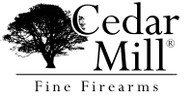If I want to start shooting as a hobby where do I start?
Jan 3rd 2020
If I want to start shooting as a hobby where do I start?
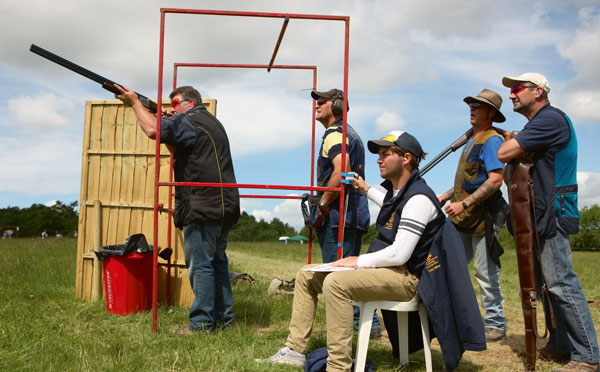
Shooting is a fun and exciting sport. The first time you pull the trigger is a rewarding experience that you will likely not forget, the first time to hit the bull’s eye builds confidence, and the first time you bag your first game animal is a proud moment. However, shooting is not just like any other hobby. There are a lot of things you need to consider and today we’re giving you some tips specifically for those who are interested in engaging in this sport.
To begin with, let us start with the basics. Here are some important definitions you need to know.
- Ammunition/Ammo - Gunpowder and artillery. Since the design of the cartridge, the meaning has been transferred to the assembly of a projectile and its propellant in a single package.
- Barrel - A tube, usually metal, through which a controlled explosion or rapid expansion of gases is released to propel a projectile out of the end at high velocity.
- Caliber - In small arms, the internal diameter of a firearm's barrel or a cartridge's bullet, usually expressed in millimeters or hundredths of an inch
- Cartridge - the assembly consisting of a bullet, gunpowder, shell casing, and primer. When counting, it is referred to as a "round".
- Chamber - the portion of the barrel or firing cylinder in which the cartridge is inserted prior to being fired. Rifles and pistols generally have a single chamber in their barrels, while revolvers have multiple chambers in their cylinders and no chamber in their barrel.
- Muzzle energy - is the kinetic energy of a bullet as it is expelled from the muzzle of a firearm. It is often used as a rough indication of the destructive potential of a given firearm or load. The heavier the bullet and the faster it moves, the higher its muzzle energy and the more damage it does.
- Muzzle velocity - is the speed at which a projectile leaves the muzzle of the gun.
- NRA or National Rifle Association of America - is an American organization that lists its goals as the protection of the Second Amendment of the United States Bill of Rights and the promotion of firearm ownership rights as well as marksmanship, firearm safety, and the protection of hunting and self-defense in the United States. The NRA is also the sanctioning body for most marksmanship competition in the United States, from the local to the Olympic level
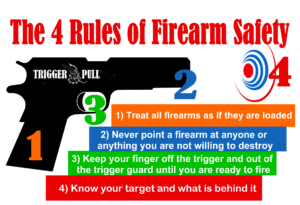
As a gun owner, it is imperative that you know the 4 Rules to Firearm Safety:
- Always treat every firearm as if it is loaded.
- Always keep the muzzle pointed in a safe direction.
- Keep your finger outside the trigger guard until ready to shoot.
- Always be sure of your target and what is in front of it and behind it.
Of course, when you want to start shooting as a hobby, you have to get to know the guns and know their uses and which are you comfortable firing. There are various types of guns but these 3 are the most common type of guns used:
1. Handgun
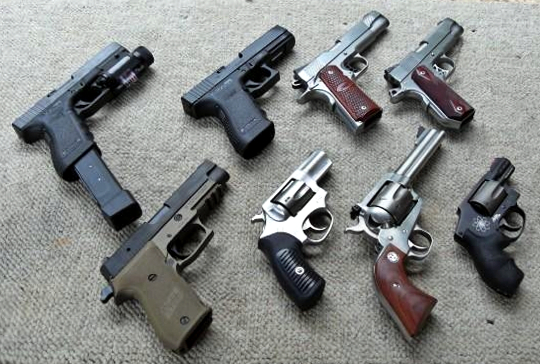
- Fired with one or two hands
- Common handguns are revolvers and pistols.
- Designed for close quarter shooting.
- Barrel length under 16 inches.
2. Rifle
- A firearm designed to hit a specific point.
- Fired with 2 hands.
- Rifles are designed for long-range use.
- Barrel length of over 16 inches
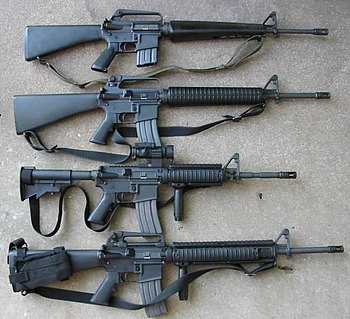
3. Shotgun
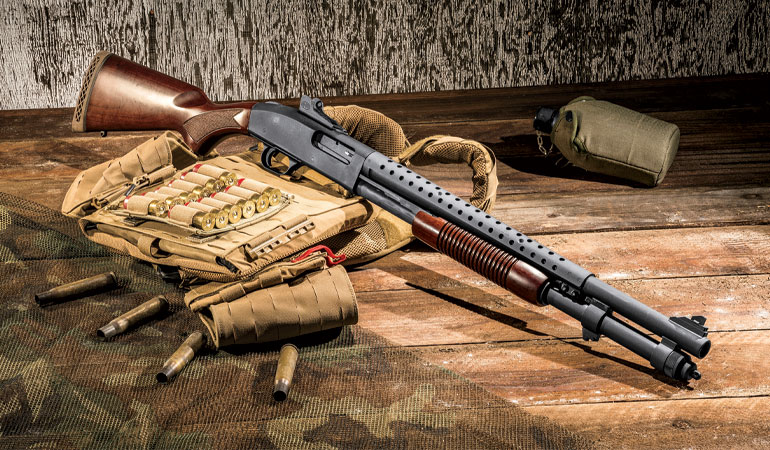
- Fired with 2 hands.
- A firearm designed to shoot a wide area with many small BB’s. This is referred to as “shot” and “shot” the type of projectile inside the cartridge.
- Shotguns are for short-range only.
- Barrel length of over 18 inches.
If you are a first-timer and have not purchased a gun yet, it is best to pay a visit to a shooting range first. Work a few rounds of target shooting and try different types of guns. That way you’ll have an idea of which type of firearm suits you best.
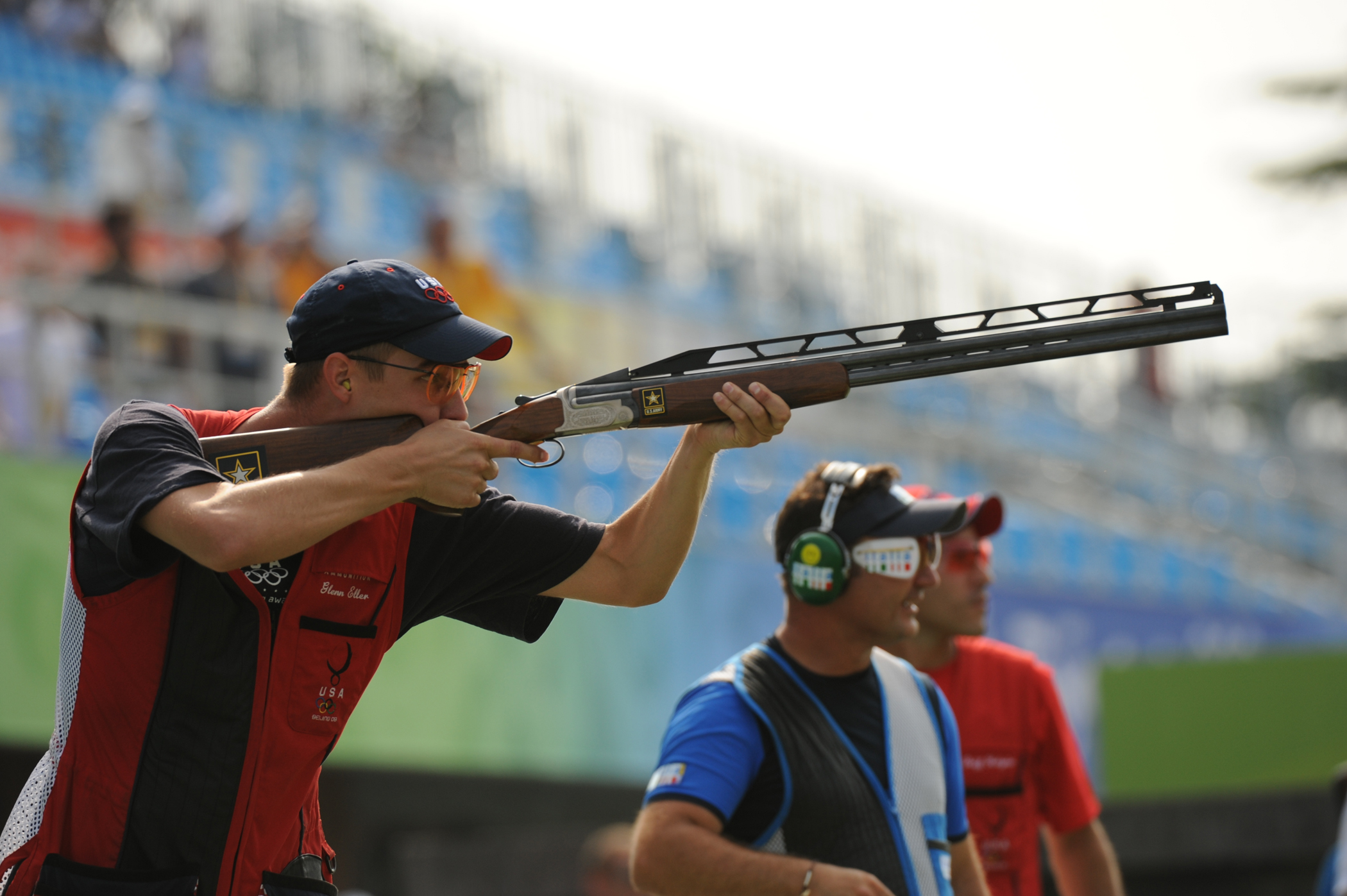
The shooting sports have different ways for you to enjoy it. You can choose to join a competitive shooting like clay pigeon shooting or a recreational shooting like hunting. Here are some of the different types of competitions or recreational shoots you can join:
1. Bullseye shooting - is a category of pistol and rifle shooting disciplines where the objective is to achieve as many points as possible by hitting around the shooting target as close to the middle as possible with slow precision fire.
2. Field-Shooting or Terrain-Shooting - refers to a set of pistol and rifle shooting disciplines that usually are shot from temporary shooting ranges in unique terrain at varying (and sometimes unknown) distances, rather than at permanent shooting ranges at fixed distances.
Rapid-fire is also divided into 2 types:
1. Rapid fire with handguns
The Bianchi Cup - a fusion of IPSC and bullseye shooting where accuracy under tight time limits in four simulated scenarios, known as the "Event(s)", is the basis of this competition. Shooters must start each round with the gun in the holster and the reholster before starting the next round. Distances range from 10 to 50 yards.
Fast draw - also known as a quick draw. This is a form of pistol action shooting from North America based on the romanticized art of the gunslingers in the American Old West. Using traditional single-action revolvers like the ones used in Cowboy action shooting, Fast Draw is done with special blanks or wax bullets.
2. Rapid-fire with rifles
The CISM Rapid Fire match is a sped-up version of the ISSF 300 m Standard Rifle event.
- Clay pigeon shooting - is a shotgun discipline shooting at flying clay targets known as “pigeons.” The three Shotgun ISSF/ Olympic shooting events are all based on a quick reaction to clay targets thrown by a machine called "Traps".
- Skeet - Targets are either thrown in singles or doubles from throwers called "traps" placed 40 meters apart.
- Trap and Double Trap - Either one or two targets are thrown from 15 meters in front of the shooter.
- Running target - Running target shooting refers to a number of disciplines involving a shooting target, sometimes called a boar, moose, or deer target that is made to move as if it is a running animal.
- Practical shooting - Practical shooting, also known as action shooting or dynamic shooting, is a generic term applicable to shooting sports where speed is of equal importance as precision. Many of the disciplines involve movement, and when using handguns they are often drawn from a holster.
- Long-range shooting - is shooting held at such distances that sight adjustment is needed based on judging environmental conditions. These judgements become critical to make an accurate shot.
- Benchrest - Benchrest shooting is performed with shooting small groups with the rifleman sitting on a chair (bench) and the rifle supported from a table. Of all shooting disciplines, this is the most demanding equipment-wise.
- Metallic silhouette - Metallic silhouette competitors shoot at animal-shaped steel silhouettes (chickens, pigs, turkeys, and rams) that must be knocked down to score. Banks of 5 targets are placed at up to 500 meters, with distance and size of target determined by firearm class. Classes include Handguns, Small Bore Rifle (Hunter, Silhouette), High Power Rifle (Hunter, Silhouette), air rifle and black powder rifle.
- Muzzleloading - Muzzleloading is shooting with replica (or antique) guns.
- Para shooting - Paralympic shooting, also known as "shooting Para sport", is an adaptation of shooting sports for competitors with disabilities.
- Competitions using factory and service firearms - Shooting competitions for factory and service firearms, usually called Service Rifle, Service Pistol, Production, Factory or Stock, describes a set of disciplines or equipment classes where the types of permitted firearms are subject to approval and few aftermarket modifications are permitted.
- Plinking - Plinking refers to informal target shooting done for pleasure or practice, typically at non-standard targets such as tin cans, logs, cartons, fruits, or any other homemade or naturally occurring objects like rocks or tree branches. The primary appeals of plinking as a sport are; the broad variety of easily available locations, minimal costs, freedom in practice styles, and more relaxing with a less restrictive shooting experience.
These are just a few examples of how you can get involved in shooting sports. Remember to have fun and remain responsible on the range.
References:
https://en.wikipedia.org/wiki/Shooting_sports
